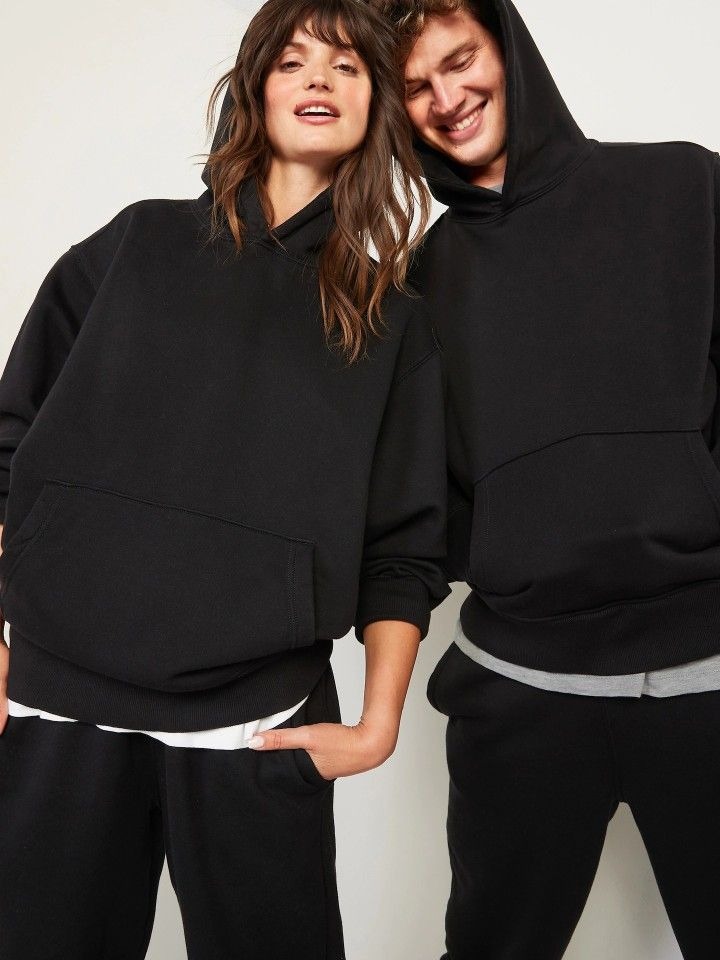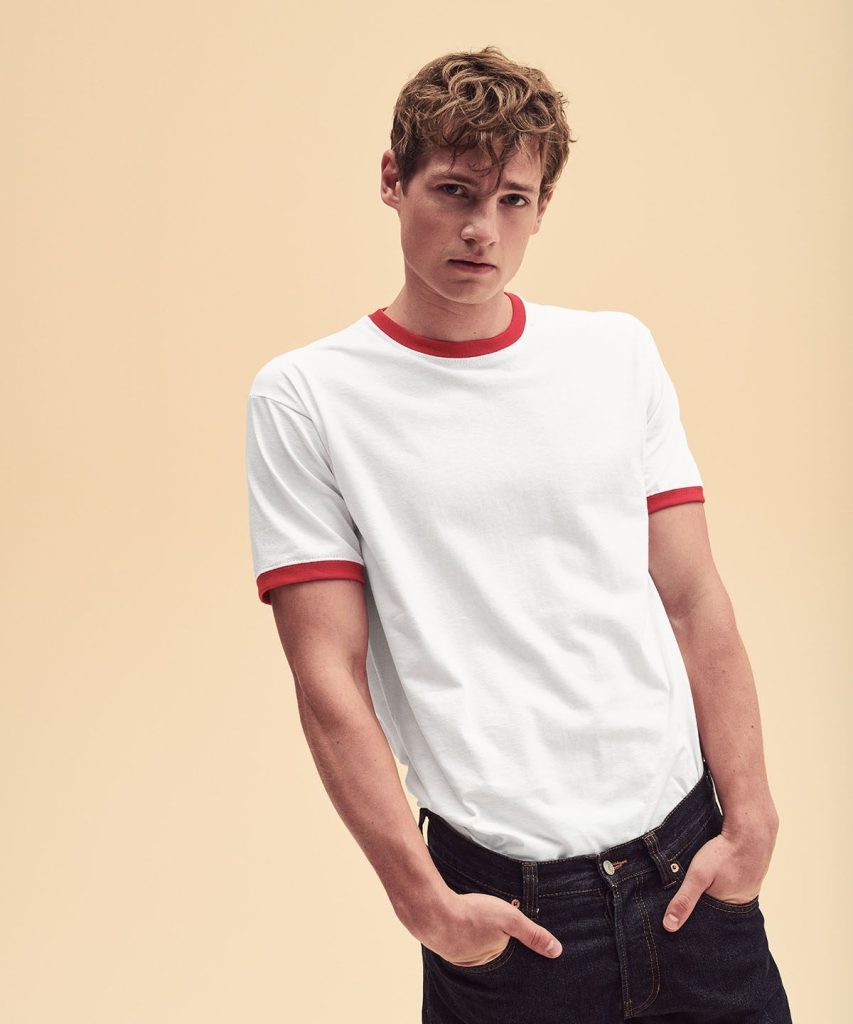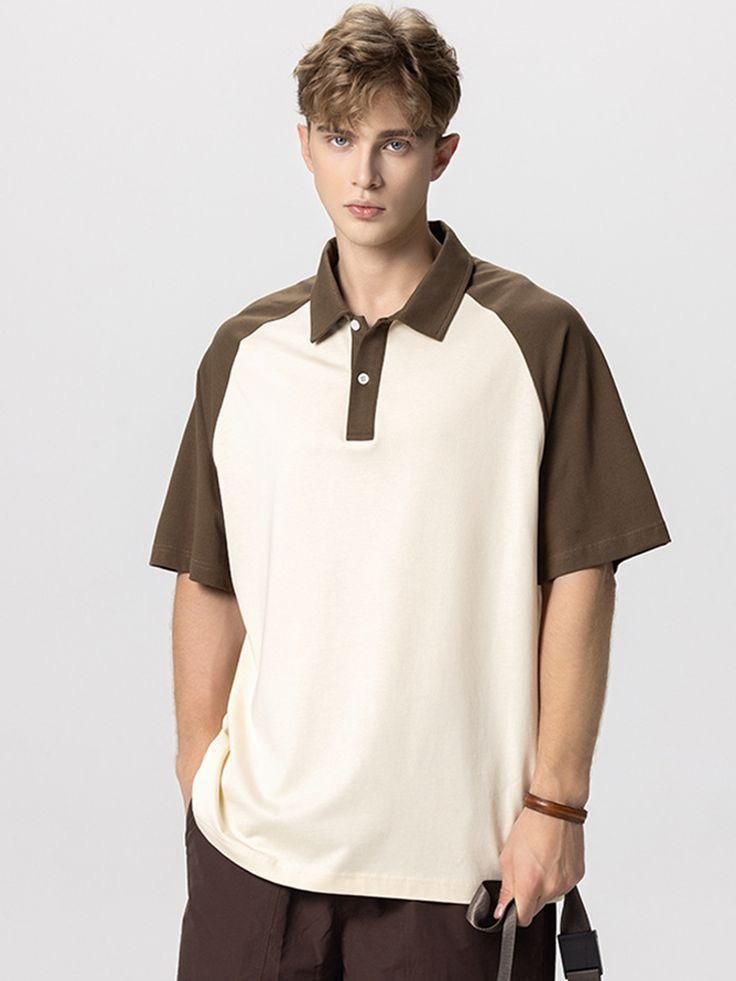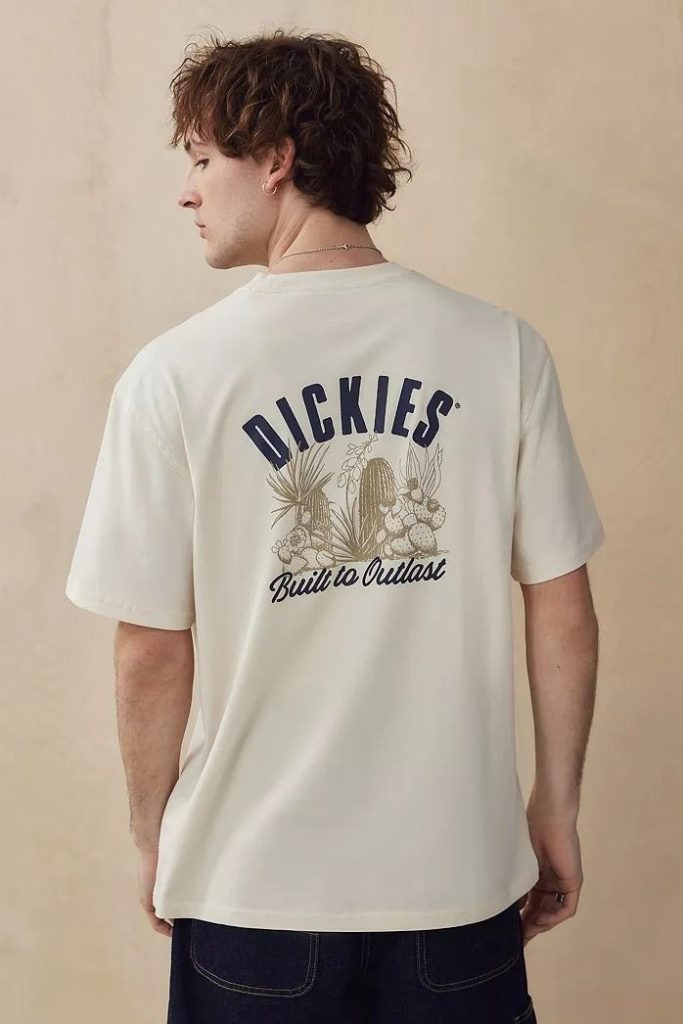Fashion is a universe in motion. It is not limited to garments hung in closets or trends displayed on runways; it is an ever-evolving reflection of humanity itself. Fashion is history woven in silk and cotton, philosophy embroidered into collars and cuffs, emotion captured in silhouettes and hues. It is a code that carries unspoken messages about who we are, who we want to be, and how we relate to others. Every time a person gets dressed, they participate in a silent conversation with the world—expressing culture, mood, identity, resistance, or alignment. Fashion is both profoundly individual and deeply collective. It is a record of time and a projection of possibility. To explore fashion deeply is to dive into the very heart of human civilization, emotion, and transformation.
From the earliest days of humanity, the need for clothing began with survival. Humans clothed themselves to protect against the elements, to guard their bodies from injury and temperature. Yet quickly, these garments transformed into something more than utilitarian. They became aesthetic. Decorations appeared. Animal hides were dyed with berries, stitched with shells, or layered with feathers. Even the most primitive garments revealed the beginning of style—the human impulse to adorn, to signal, to distinguish. As tools evolved and social structures formed, clothing began to define status and role. Shamans wore ceremonial robes to distinguish their spiritual importance. Leaders wore animal teeth or gold to assert power. Early fashion, though simple in material, was sophisticated in meaning.
With the rise of ancient civilizations came the codification of dress. In Mesopotamia, intricate woven garments and jewelry signified wealth and class. In Egypt, linen robes and elaborate headdresses expressed purity and divinity. Greek fashion emphasized the harmony of the human form with flowing togas and draped garments that embodied ideals of philosophy, geometry, and perfection. In Rome, clothing signaled citizenship, military rank, and privilege. Across Asia, fashion carried spiritual and philosophical significance—Confucian ideals shaped structured robes in China, while in Japan, the kimono embodied seasonal cycles, hierarchy, and aesthetic codes rooted in Zen. Clothing was not only functional; it was ideological. It taught people where they stood in the world, and it reminded them of their responsibilities, their aspirations, and their relationships with others.
In medieval Europe, fashion became closely tied to power and morality. The Church enforced modesty, but royalty dressed in layers of velvet, brocade, and gold. Sumptuary laws were passed to restrict commoners from wearing fabrics or colors reserved for the elite. These laws created a social boundary maintained through textiles. In Islamic societies, clothing was both modest and richly expressive, often decorated with calligraphy and geometry, reflecting religious devotion and artistic complexity. In African empires, clothing displayed heritage and prestige through woven patterns and beadwork. Across cultures, fashion was never arbitrary. It was a living language of symbolism, speaking through cut, color, textile, and texture.
As exploration and trade expanded across continents, fashion began to globalize. Silk from China made its way to European courts. Spices and dyes from India transformed color palettes. African textiles and techniques began to influence design aesthetics. These cross-cultural exchanges brought about innovation, but also introduced colonial dynamics. Colonizers imposed Western dress codes on indigenous populations, seeking to suppress native identities. Yet these efforts often backfired, giving rise to forms of resistance. Traditional clothing became symbols of defiance. Later, in post-colonial periods, designers across Africa, Asia, and Latin America reclaimed these garments—blending ancestral aesthetics with contemporary forms, rewriting the narrative of their culture through fashion.
The industrial revolution was a dramatic pivot in fashion history. Machines revolutionized textile production. Sewing machines enabled faster construction. Fabrics became cheaper. The middle class gained access to garments once reserved for the wealthy. The fashion industry as we know it today began to take form—centered on mass production, seasonal collections, and global markets. Magazines popularized styles. Photography turned models into icons. Tailoring advanced into an art form, and ready-to-wear collections emerged as an alternative to bespoke fashion. Yet the rise of industry also came with ethical costs. Child labor, long hours, and harsh working conditions darkened the glamour of industrial fashion. As access increased, so did the need for reform.
The 20th century was fashion’s most dynamic era. Each decade brought seismic changes not only in silhouette but in societal values. The 1920s flapper dress defied Victorian modesty, representing women’s emancipation, post-war joy, and the birth of modern femininity. The 1930s brought elegance through austerity during the Great Depression. The 1940s, shaped by war, emphasized utility—shoulder pads, military cuts, and practical fabrics dominated. But as the war ended, fashion exploded into exuberance. The 1950s celebrated femininity and domesticity, while the 1960s ignited rebellion with miniskirts, psychedelic prints, and youth-driven street style. The 1970s were a collage of movements: disco, punk, bohemian, and glam. Fashion was loud, ideological, and decentralized. The 1980s brought spectacle, excess, and power dressing. Bold shoulders and designer logos signified ambition and capitalism. Then the 1990s ushered in grunge, minimalism, and the rise of global streetwear, marking a shift from elegance to authenticity.
Each of these movements was about more than what people wore—they reflected how people lived. Fashion became a response to political events, technological change, economic shifts, and cultural revolutions. Clothes mirrored wars, movements, fears, and freedoms. They became tools for social mobility, resistance, rebellion, and renewal. They were worn not only on bodies but on hearts and minds.
In the 21st century, fashion entered a digital, global, and ethically complex chapter. The internet made fashion instant. Social media turned style into a real-time performance. Influencers, once unknown, rose to fame through their ability to capture and project identity through clothing. Fast fashion giants emerged, offering cheap replicas of high-fashion trends within days. Fashion became faster, cheaper, and more global. But this speed came with consequences. Garment workers in underpaid factories, environmental destruction from synthetic fabrics, and massive textile waste revealed the dark underside of rapid fashion cycles.
This realization has sparked a growing movement toward sustainable fashion. Designers are turning to organic cotton, recycled materials, and biodegradable fabrics. Movements like “slow fashion” advocate for fewer purchases, longer use, and ethical transparency. Consumers are rethinking their relationship with clothing—buying secondhand, mending, swapping, or renting. Brands are held accountable. Certifications, supply chain audits, and environmental reporting are becoming industry standards. Fashion is not just a personal statement anymore—it is a political and ecological choice.
Inclusivity has also transformed fashion’s future. The old norms of exclusivity and homogeneity are being replaced by a celebration of diversity. Runways now include models of all body types, races, gender identities, and abilities. Adaptive fashion offers stylish clothing for people with disabilities. Modest fashion, once ignored, is now a thriving global industry. Gender-neutral clothing blurs the binary and embraces the spectrum of identity. These shifts are not just surface changes—they are redefining the very soul of fashion.
Technology has further expanded the boundaries of what fashion can be. Augmented reality allows virtual try-ons. Artificial intelligence curates personalized shopping experiences. Digital fashion offers garments that exist only online, worn by avatars or on social media posts. NFTs and blockchain track authenticity and ownership. In the metaverse, clothing is no longer constrained by physics, fabric, or functionality—it becomes pure expression, designed for imagination rather than climate. As these technologies advance, fashion may evolve into an entirely new dimension—one that is both virtual and visceral.
But even amid innovation, fashion remains human. The act of dressing is still deeply personal. A sweater worn during heartbreak. A dress chosen for a first date. A uniform that brings pride. A wedding gown passed down through generations. These stories stitched into garments are not replicated in digital simulations or algorithmic recommendations. The smell of fabric, the feel of cotton against the skin, the weight of tradition in ceremonial robes—these experiences root fashion in the sensory and the emotional.
Fashion is ultimately about memory. It remembers who we were, and it helps us imagine who we might become. It remembers our ancestors through heirlooms. It remembers our struggles through protest attire. It remembers our joys through celebration garments. Every time we open a closet, we open a museum of our own making. Every time we choose an outfit, we write a sentence in our ongoing story.
As we move into the future, the role of fashion will continue to expand and deepen. It will require more responsibility from brands, more awareness from consumers, and more courage from designers. It will continue to be a site of conflict, creativity, and change. But most of all, it will continue to be a canvas—one that allows us to paint our truths, our transformations, and our dreams.
Fashion is not just something we put on our bodies. It is something we carry in our souls. It is the skin we choose for the world, the language we speak without words, and the art form that never stops evolving. Fashion is us—past, present, and infinite.




